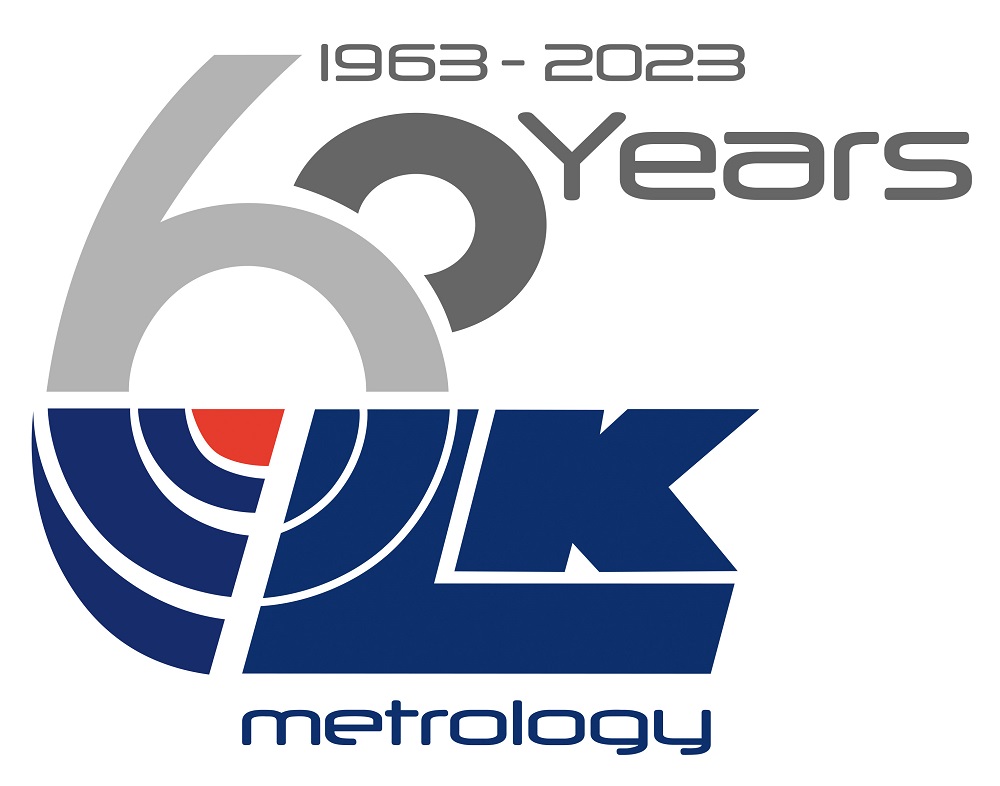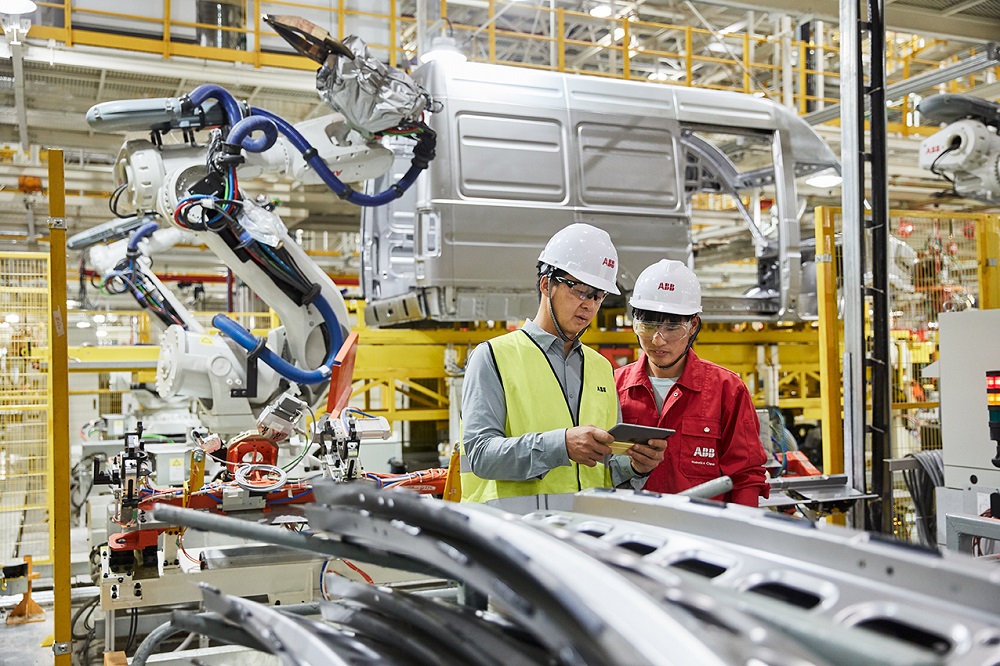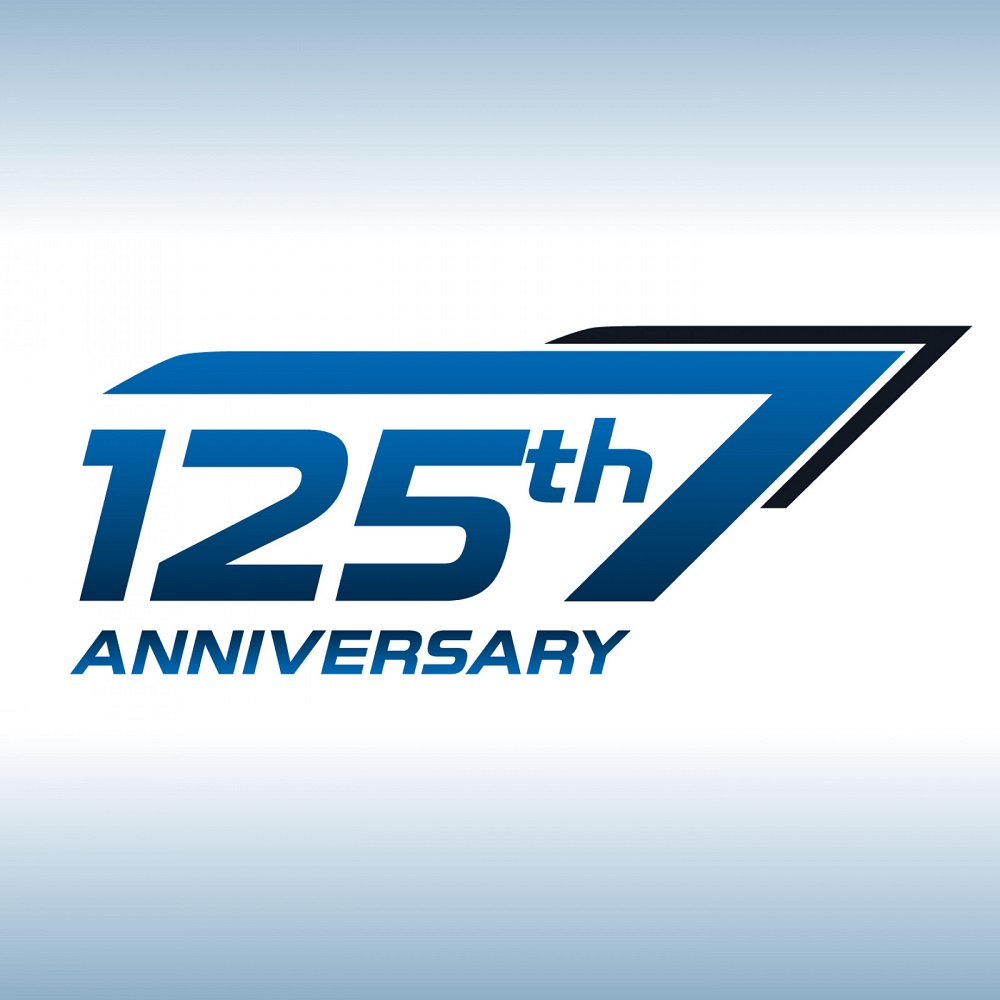Okuma has reason to celebrate: the company is marking its 125th birthday and has countless successes and memorable highlights to look back on. But looking ahead to the future is even more exciting, where even more sustainable and efficient solutions are top of the agenda. Okuma machines are available in the UK from NCMT.
“Okuma has always been a step ahead of trends and developments,” states Norbert Teeuwen, managing director of Okuma Europe GmbH. “The OSP open-architecture CNC is a good example of our innovative drive, as well as the internal and external automation solutions that enable us to respond to individual customer requirements with extreme precision.”
New solutions and further developments that increase customer efficiency will continue to be the main focus at Okuma moving forward.
“For decades now, we’ve been consistently working towards establishing our machines and processes on a sustainable basis, for example by optimising energy consumption or process flows for our customers,” says Teeuwen.
This commitment will become even more important in the future with national and international climate goals. Here, Okuma’s ‘Green Smart Machines’ will continue to support efficient manufacturing with reduced energy consumption.
“We focus on comprehensive solutions,” states Teeuwen.“Our customers can rely on us for a well-thought-out ‘all-in-one’ concept. Quality, precision, sustainability and efficiency are clear customer requirements that we fully meet. Our product development and services focus on individually developed solutions that precisely meet the respective demands.”
Okuma is also working towards CO2 neutrality within its own organisation. Energy savings or renewable energy from the company’s solar panel systems are already being implemented and expanded further.
For further information www.ncmt.co.uk



















